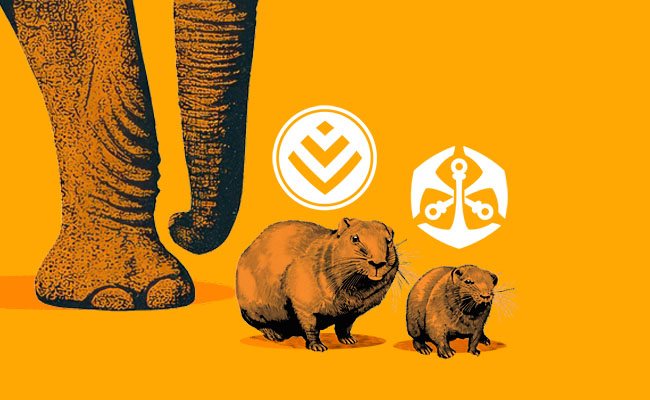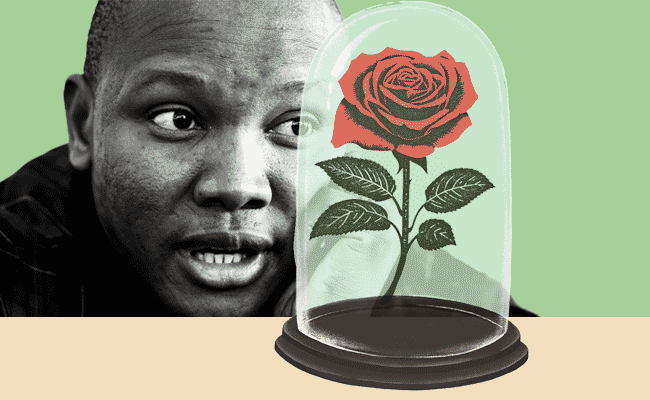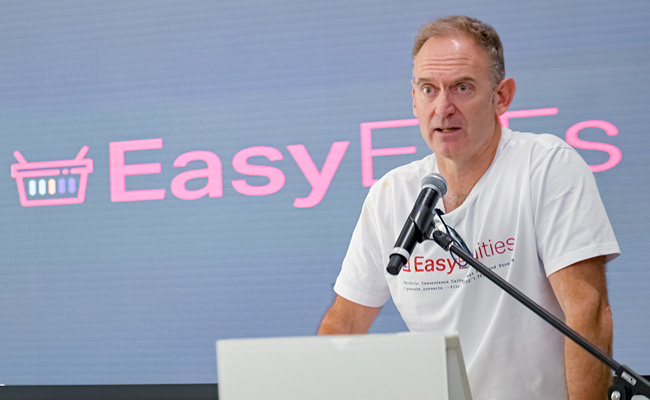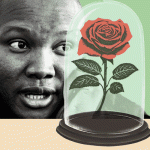South Africa’s banking industry is not for the faint-hearted. It’s tough, competitive, and still dominated by a handful of big players that have been around for decades. Yet Clarence Nethengwe, CEO of the newly launched Old Mutual (OM) Bank, is confident his institution has timed its entry just right.
Far from being “behind the curve”, he insists – from a plush green boardroom – that the launch is the result of a deliberate, carefully planned journey. He believes it positions Old Mutual to grab a meaningful slice of the market without stumbling into the pitfalls that have tripped up rivals.
“We didn’t wake up yesterday and decide to build a bank,” Nethengwe tells Currency.
“Old Mutual has been in lending since 2007. We’ve built a R15.5bn loan book and rolled out the Money Account to over 1.2-million customers. Moving to a full digital-first bank is simply the next logical step.”
Unlike digital newcomers that started with no customers, OM Bank enters the fray with a ready-made client base and deep wells of data. From April to July this year, the bank quietly tested its systems internally, before opening to the public on August 1. While a formal marketing push will only come in November, the app is already live – and, says Nethengwe, “uptake has exceeded expectations”.
However, veteran banking analyst and executive director at Denker Capital Kokkie Kooyman is blunt: “Old Mutual are quite late. They’re entering the market when everybody’s already competing there. And remember also, your Absa and your Nedbank are starting to fight back.”
OM Bank’s sweet spot is the country’s middle market – employed South Africans earning between R15,000 and R80,000 a month. This segment is often overlooked by premium banks chasing high-net-worth clients or budget offerings aimed at the mass market, according to Nethengwe.
Many of these customers are already long-time Old Mutual clients through insurance, savings or investment products. Now the group wants to deepen those relationships by offering a one-stop shop that brings insurance, investments and banking together in a single ecosystem – similar to its rival, Discovery Bank, a stone’s throw away from its Sandton offices.
“Banks have an advantage over insurers because people transact daily,” Nethengwe explains. “That gives us trillions of data points on spending and behaviour. It means we can design personalised solutions, not just off-the-shelf products.”
This integration is crucial. By embedding banking into customers’ everyday financial lives, Old Mutual hopes to increase loyalty, cross-sell more effectively, and ultimately grow wallet share.
However, Kooyman needs more convincing. He retorts: “Those clients already have a primary bank account – with Standard Bank, Nedbank, Absa or Capitec. Now Old Mutual must convince them to switch. And the question is: what are they doing that truly differentiates them?”
Well, says Nethengwe, “our technology is cloud-native and software-as-a-service. We’re not burdened by legacy IT systems. The only thing we’ve ‘inherited’ is loyal customers. That’s an advantage, not a drawback.”
It’s a point worth stressing. Many established banks spend heavily to modernise outdated systems, while newcomers struggle to acquire customers from scratch. Old Mutual Bank, by contrast, benefits from starting clean technologically as well as having existing trust and scale.
Fourth time lucky?
It’s not the first time Old Mutual is taking a stab at the cut-throat sector. In fact, this is its fourth shot at banking, and the timing is questionable.
Capitec, TymeBank and Bank Zero have already established a foothold in the lower- to middle-market segments. African Bank has reinvented itself into a universal lender, while Discovery Bank, after years of heavy investment, has finally hit profitability.
However, for now the early numbers are encouraging. Since its August soft launch, 40% of new sign-ups have been brand-new to Old Mutual. That means the bank isn’t just migrating its existing clients – it’s drawing in fresh customers; something that fills the executive board with hope that they are on the right track.
“We’re not naive. It took 18 years to build our lending book. But we’re also not starting from scratch,” says Nethengwe. “That shortens our road to profitability.”
Overall, South Africa’s banking sector generates about R119bn in annual earnings, according to PwC’s latest banking report. Old Mutual seems to have no illusions about how tough it will be to carve out a slice, and it does have form: its lending arm already contributes nearly R1bn in annual profits.
Now sounding more pugilistic, Nethengwe has assured the investment community that the banking upstart will break even by 2028. If it hits those targets, OM Bank will stand as one of the fastest-growing players in recent memory. Maybe even snatching the mantle from Discovery Bank, headed by Hylton Kallner.
Old Mutual believes that its major ace is its reach. With 346 branches across the country, thousands of advisers, and a presence in townships, taxi ranks and rural areas, the bank can physically connect with customers that competitors often overlook.
“Some banks want to do this from Sandton,” Nethengwe says with a smile. “We’ll do it from Soweto to Mthatha – digitally and physically.”
That dual approach could prove decisive. While digital banking adoption is growing fast, many South Africans still value face-to-face service, especially for major financial decisions. Old Mutual believes combining high-tech with high touch is the winning formula.
Still, Nethengwe is mindful of perception. Old Mutual is one of South Africa’s oldest financial brands, but it is not exactly known for being “cool”. That’s where OM Bank aims to strike a different chord.
“Think of it as Old Mutual’s younger, cooler child,” he says. “Digital-first, transparent, authentic – but with the stability of a trusted parent.”
A major marketing campaign is scheduled for November, with an even bigger push planned for the first quarter of 2026. Until then, the focus is on getting the basics right – ensuring the platform runs smoothly, the customer experience delights, and early adopters spread the word.
The incumbents are probably safe – for now. But, says Nethengwe, OM Bank is not late to the party. If anything, it may have arrived just in time – with the patience, precision and muscle to reshape South Africa’s multibillion-rand profit pool in its favour.
This story was produced in partnership with Stanlib.
Top image: Rawpixel/Currency/AI collage.
Sign up to Currency’s weekly newsletters to receive your own bulletin of weekday news and weekend treats. Register here.














